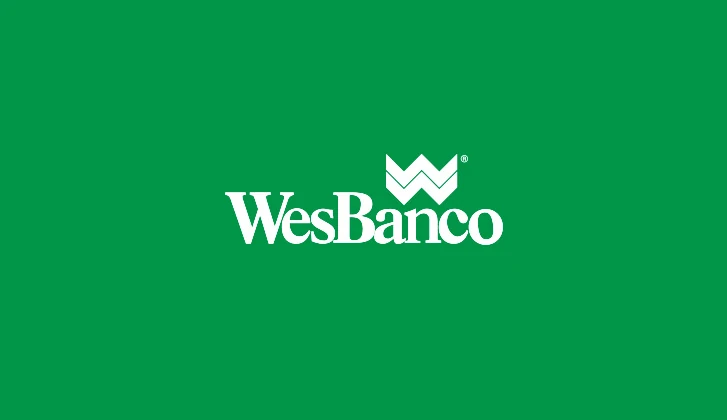NOTICE: Internet Explorer was retired by Microsoft on June 15th, 2022 and is no longer supported. This could change how you access Online Banking.
What is a HELOC and What Should I Use it For?

Do you own a home that is worth more than the balance of your current mortgage? That means you’ve developed equity in your home, and you may be able to leverage a home equity line of credit (HELOC) to use that equity. A HELOC is different from a personal loan or credit card since it uses the value of your home as collateral. It’s also different in structure than a home equity loan. So, what is a HELOC and how does it work? We’ve got you covered with our beginners’ guide.
What is a HELOC?
How long have you been making mortgage payments on your home? If you’ve made payments over several years, you may be able to use the equity built up in your home to apply for a HELOC. A HELOC is a borrowing option that leverages the equity you’ve built up in your home. Equity doesn’t just increase by making regular payments. Equity can also grow if your home increases in value and is worth more than what you initially paid. This may be true if you live in a rapidly growing community or desirable area.
For many people, buying a home is their largest investment, and after several years of mortgage payments, you may be thinking about ways to further leverage that investment – and you may have enough equity to start thinking about a HELOC. But, understanding your lending options is important. So, how does a HELOC differ from a home equity loan or other personal lending options?
The main differences are their borrowing structure and collateral. In addition, a HELOC is sometimes easier to qualify for and may offer lower interest rates than personal loan options and even some credit cards. Before you borrow, let’s learn more about how HELOCs work.
How Does a Home Equity Line of Credit Work?
With a HELOC, the amount of credit you qualify for is based on the equity built up in your home. It’s distributed during a draw period, which means you can borrow and repay as needed. During the draw period, you’re only required to pay interest on the balance you have drawn. At the end of the draw period, you’ll start making regular payments of principal and interest to pay off the balance of the loan.
Most HELOCs also have revolving lines of credit during the draw period. That means the borrower can repay the balance and borrow from it again. For example, if you borrow $5,000 for a kitchen renovation, once you pay it back, that balance is available to borrow again. This benefit allows you to control your spending and pay for only what you use.
A HELOC and a home equity loan both draw on your home’s equity, but there is one significant difference when it comes to making payments. A HELOC is structured as a line of credit where full payments aren’t required, but interest payments need to be made until the draw period ends. A home equity loan is distributed as a lump sum, and monthly full repayments on principal and interest start right away.
Considerations for Using Home Equity
Using home equity also has its risks. If you can’t pay back your debt, you could lose your house. The interest rates on some HELOCs are also variable, which means that a few months after opening the line of credit, the interest rate adjusts to market trends and may increase. The most important thing to remember when choosing a HELOC as a lending option is to keep your total balance and payments manageable. It’s important to have a careful and disciplined strategy for paying back what you borrow.
How to Use a Home Equity Line of Credit
There are a variety of options when it comes to personal lending. So, how do you know what loan or line of credit is right for your needs? The best way is to consider how you plan to use your line of credit or loan. If you’re thinking of purchasing a new car—a HELOC may not be the best way to fund that endeavor, and you might consider an auto loan instead.
Because your home will most likely gain value over time, it’s best to use the equity in your home to acquire a HELOC for home improvements or other costly repairs. If you use a HELOC for home improvement you may also receive tax benefits by deducting the interest. Of course, this is something to consult a tax professional about. WesBanco offers a Home Equity FlexLine of Credit just for this purpose.
Apply for a HELOC with WesBanco
Using home equity to leverage a HELOC is a great alternative for funding home updates that can add further value to your home. WesBanco’s HELOC options have many advantages including their flexibility and options to lock balances into a fixed rate.
Our Home Equity FlexLine of Credit makes it easy to increase the value of your home with interior or exterior updates. Floor replacements, kitchen renovations, siding repairs, and driveway paving are all examples of how to use a HELOC.
This revolving line of credit has convenient transfers with online and mobile banking to a WesBanco checking or savings account. Plus, the flexibility to lock the entire balance, or an identified portion into a fixed rate at any time during the 15-year draw period. It’s nice to know that those mortgage payments can work for you after a few years. So, when you’re thinking about ways to turn your house into a forever home, check out lending options like a HELOC.
Learn More about WesBanco’s HELOC Options:
Content is for informational purposes only and is not intended to provide legal or financial advice. The views and opinions expressed do not necessarily represent the views and opinions of WesBanco.

